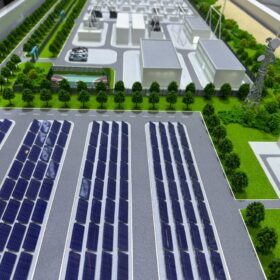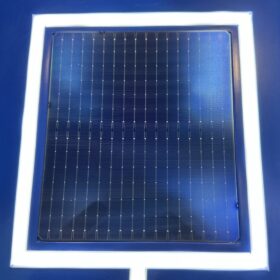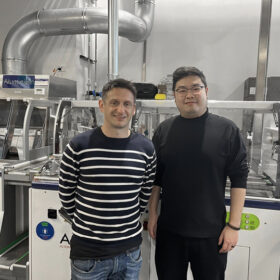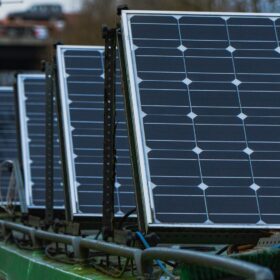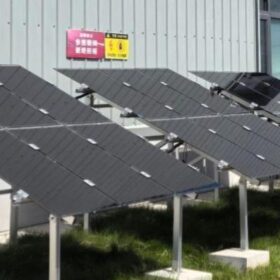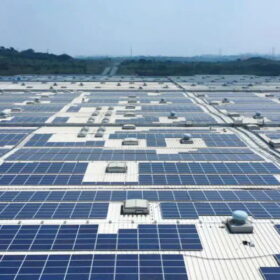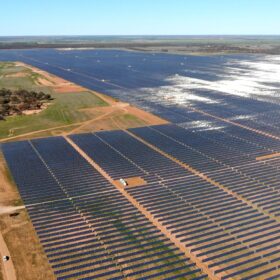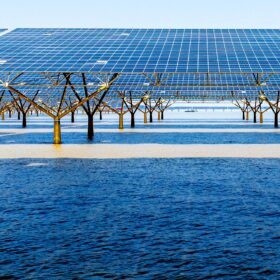LCOE not correct optimisation parameter of PV plants, say researchers
New research shows the importance of considering power plant dispatchability in PV project planning. An international team of scientists claim assessing a project’s levelised cost of energy could be misleading, especially with variable and sometimes negative electricity prices.
All solar cell efficiencies at a glance – updated
The research group led by Professor Martin Green has published Version 65 of the solar cell efficiency tables. There are 17 new results reported in the new version.
Horizon powers up vanadium battery tech trial in Kununurra
Western Australia’s state-owned regional energy provider Horizon Power has officially launched the trial of a vanadium flow battery in the state’s north as it investigates how to integrate long-duration energy storage into its network, microgrids, and other off-grid power systems.
Anti-soiling coating increases PV panel current in arid regions by 64.7%
Scientists in Egypt have created an anti-soiling coating for solar panels by mixing ethanol, deionized water, ammonium hydroxide and tetraethyl orthosilicate. They tested a coated panel outdoors for ten months and found that the panel showed a 64.7% higher current compared to reference modules without coating.
Solar cells built on dots and dashes of silver
A team from the University of New South Wales School of Photovoltaic and Renewable Energy Engineering has reinvented the design of screen-printed contacts to reduce costs and silver consumption, without sacrificing the efficiency of tunnel oxide passivated contact solar cells.
Research shows tilt angles over 30 degrees delay solar module thermal failures
A Chinese-Italian research team has analysed the influence of different tilt angles on the thermal failure of the photovoltaic facades or roofs in fire conditions, finding that when the tilt angle exceeds 30 degrees, the time to failure increased significantly.
Study showcases potential of solar farms to complement agricultural practices
A study on the potential benefits of co-locating solar energy generation and sheep grazing shows those that graze in the shade of solar panels may produce better quality wool than those on traditional agricultural properties.
Researchers build all-perovskite tandem solar cell with 28.2% efficiency
Researchers at the Australian National University are part of the international team that has built an all-perovskite tandem solar cell based on a wide-bandgap top perovskite cell with a 20.5% efficiency. The 1 cm2 scale tandem device achieved the highest efficiency yet reported for all-perovskite solar cells of this size.
Researchers analyse wind cooling effect for 5.9 MW rooftop PV array
Researchers have analysed how wind speed and direction affect the cooling of a rooftop PV plant with 10,806 panels. They said that winds from behind were less effective due to the roof slope and the minimal gap between the panels and the roof, but wind from other directions could contribute to a cooling effect of up to 7 C.
Cornwall tips 150 GW renewables boost for NEM within two decades
Australia’s main electricity grid is predicted to increase its solar, wind, and energy storage capacity by more than 150 GW by 2043 according to new projections published by energy market consultancy and research group Cornwall Insight.
